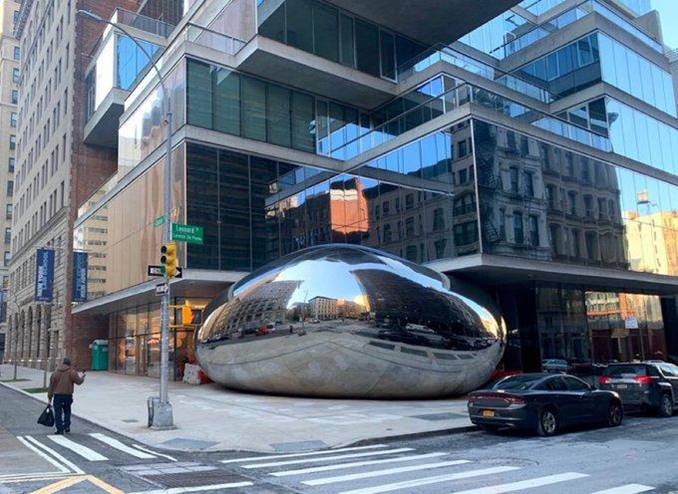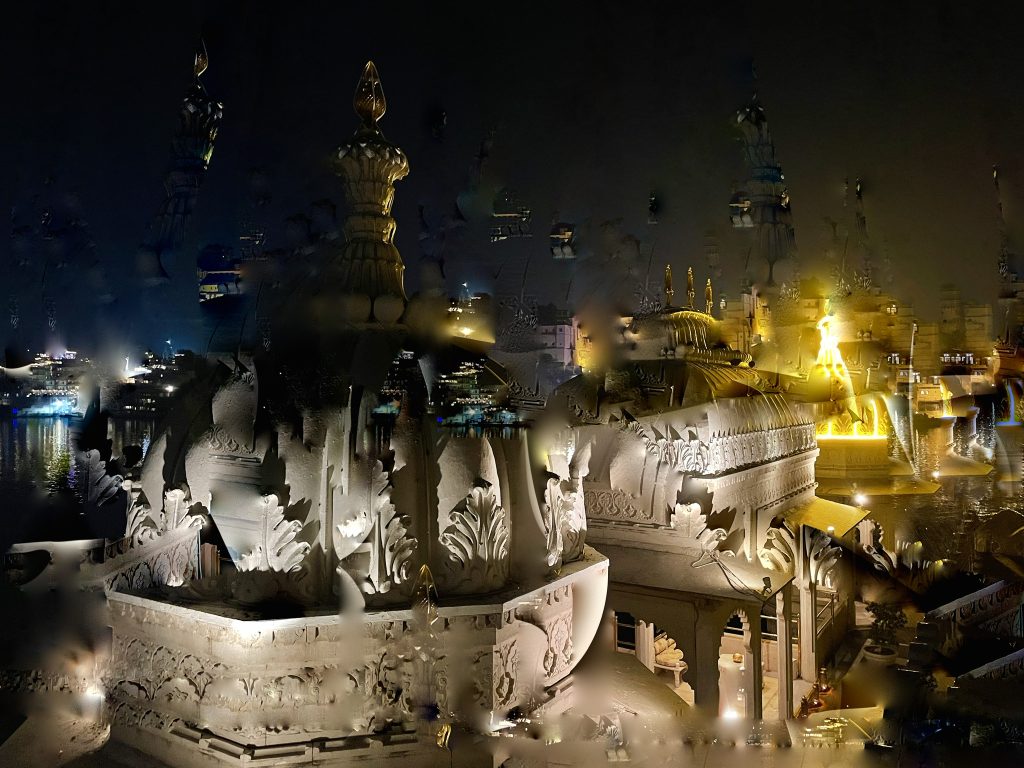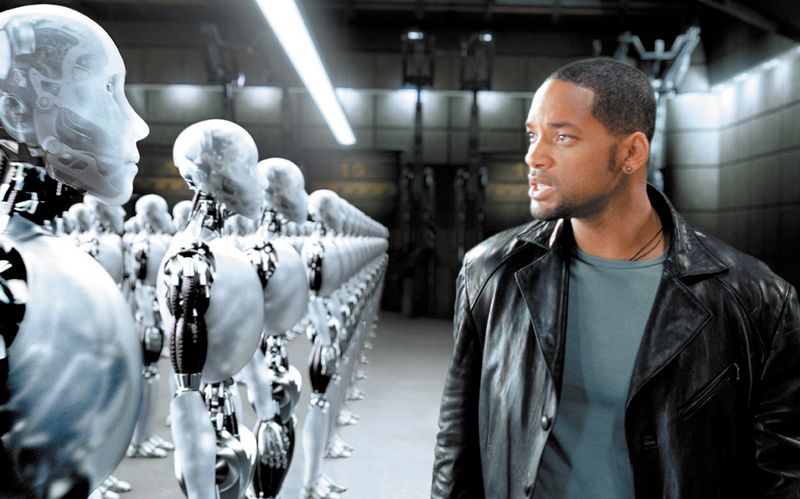At the very outset, a disclosure: I am no philosopher or a high priest of culture. Maybe, this is a rant at best. However, I have been confined for decades now and I discovered the culprit: I was held hostage by the postmodernists.
While many may disagree, the postmodernist mindset may even be one of the seeds of post-truth. I am aware that this is a controversial idea, but post-truthers do use the tools of the postmodernists.
The other thing is, that postmodernism is like a big toy-box where you can’t find your favourite toy, but you know you have many of them. You tell people you have toys. But you don’t actually have a toy to play with. Because, first of all, your toy is not the only toy and there are many toys in the world of toys and such like.
My floating duck is what I like to play with in the bath the most. Are there better ducks out there on the market? The answer is ‘yes’. And is it possible that there is a duck out there that floats the best and is, for all practical purposes, the absolutely best duck? I believe there is, or at least a few of them. I cannot be insincere to myself and hold on to my little duck and scream from the rooftops that my duck is my duck and nothing can float better in my bathtub. That’s my grand narrative. One has to eat humble pie once in a while and accept that one’s subjective experience is not the ultimate truth, and a middle ground must be found. I need a synthesis for the sake of sincerity.
I first understood that I had been imprisoned by post-modernism when I saw some videos of post-modernist choreography. I couldn’t tell whether the dancer was dancing or having an apoplectic attack. It is all very well to believe that art is free, that there is “no must in art” and it is a space of freedom. The problem with such a belief is that it can also degenerate into convenience very soon. That’s why you have so much bad art out there and, I have to be honest, a significant amount of the pointless drivel is being dished out by performance artists. People have the right to make art, but they don’t have the right to bore us into submission with the tyranny of the intellectual.
There was a point, when I lived in Goa, when I would have to ask myself if the performance art happening in front of me was too good for my little brain. But I listened to the little voices in my head. They speak straight. And another thing is the propensity of performance artists to get naked in public. Unusually often, they drop their clothes as the climax of a performance art piece, ostensibly to shock you. But you can be shocked by love handles and stretch marks only so many times. Excuse my broad brush, but thanks to the postmodernists, a lot of dodgy stuff has been forced down our throats with high falutin’ words by art writers and curators like “otherness” and “liminal”. The postmodernist artist never just paints or makes art. The postmodernist artist interrogates.
Postmodern choreography has given us terms like “anti-spectacle”, which often turns into a talentless desperation to create a spectacle. It is no different in visual art. I am a hundred percent sure that if you went back to the Renaissance and placed a pair of spectacles next to a Raphael, or even further back and next to the frescoes at Ajanta, it wouldn’t turn into a spectacle. Nobody would take pictures, thinking the randomly kept pair of glasses is a work of art. The Duchampian can be dystopian. The randomness and the anti-spectacle of the post-modernists is singularly responsible for degeneration of taste currently. Reaction per se is a good thing, but it must come with a certain measure and meter. You can’t always play table tennis without a net. Most reactions are often little more than novelty. And novelties cannot be rehashed ad infinitum.
Coming back to the synthesis I need to obviate the cynicism of the postmodernist, there is already a new idea taking root across the world. It has a difficult name – meta-modernism. But, despite the jargonish name, it is a natural reaction to the dead-end of post-modernism.
While artistic expression and philosophical discourses are ever-evolving, the transition from post-modernism to meta-modernism is significant. The fatigue was too much to bear.
Before we talk about this dead-end for art, let’s give credit where it is due. Like all things new, postmodernism was a charming and endearing rebel when it was young. It was once hailed as a revolutionary movement that shattered the confines of tradition and authority.
The mid-20th century birth of post-modernism was a radical departure from the established norms of art and culture. It rejected grand narratives, questioned the concept of objective truth, and celebrated the fragmentation of identity and meaning. They brought down a few impregnable forts and were instrumental in ensuring no king or priest told us how to think. Artists challenged the very definition of art (the wonderful Duchamp is the usual suspect again), and the movement embraced irony, pastiche, and a sense of nihilism.
So far so good. And then the plane took a dive. Postmodernism began to exhibit signs of exhaustion and became the demon it set out to destroy. It revelled in its own cynicism. All the deconstruction and the parody started getting pedestrian. And guys like Derrida were not helping either with their notoriously difficult writing, which was essentially fodder for drawing room pretence-talk. Mostly, they made you miss Hemingway, who was also from the same camp, more or less. In short, a verbose anti-structure was being built and nobody could live in it for long.
While many craved for authenticity, the postmodernists ensured they spoilt the party by sermonising and instructing us that there was no such thing as objective truth, or that it was an extinct species. All they ever offered for dessert was their relentless scepticism towards every ounce of authenticity that dared to rise with the sun. The artistic landscape did have a sunrise, but the postmodernist had cut out the sun and left a void.
While we don’t really know much about metamodernism yet, the metaphor that best goes with it is that of a bridge. It seeks to bridge the gap between the scepticism of postmodernism and a renewed yearning for sincerity and depth. While acknowledging the insights of postmodernism, it knows the boundaries and the limitations imposed by postmodernism, which itself is ironic. Metamodernism recognises the importance of critique but refuses to be confined by it. It is a transcendence. It yearns for a return to sincerity, hope, and a belief in the possibility of progress.
The best thing about metamodernism is that it vibrates between sincerity and irony. After all, one must recognise that existence is a bag of deeply inherent contradictions, and this complexity needs an interplay of both. The postmodernist gaggle of irony required sincerity to make sense to the new human. But this is not just a saintly development. Somewhere I read that metamodernism knows that sincerity alone is naive, and irony alone is sterile. I second that. We needed a dynamic and “tangible” relationship with truth and authenticity. Or it will adversely affect artistic evolution.
Storytelling is important. Grand narratives are powerful. While postmodernism was quick to call such narratives oppressive and totalitarian, we need them to make sense of our world. Our lives are shaped by these narratives, be it personal, cultural, or social. I haven’t met many people who do not wish to reconnect with the human need for meaning and purpose.
Metamodernism has been described as “informed naivety”. In an ambiguous world, we need to be open and refuse to lose hope. We need idealism. The postmodernist pessimism must not drive us to suicide. This isn’t blind optimism but a choice to live and work with a sense of wonder, in a world that has abundant possibilities.
The best thing about metamodernism, in my estimation, is that it does not believe in breaking down what has already happened, the past. It plays a far more interesting hand by taking inspiration from the past, present, and the future. You can now choose how you wish to be, live in the era you want and engage in whatever style you want in your effort to make art that reflects your true self. The past is not some old monolith that has to be brought down and refurbished. Meta-modernism sees the past as a fountain of inspiration and wisdom. It is now okay to do things like take responsibility for the future and try to create a world worth living in. This, obviously, isn’t something the nihilist would appreciate (not that they appreciate anything anyway).
The postmodernist fixation with deconstruction and irony has turned into a stagnant pond. All that complacency and negativity is not something we need every day. By rejecting every big story out there, which shaped us, the postmodernists fell into a meaningless void which, because of their very nature, they failed to fill. Now, that is not how you build a new world. Their criticism was a progressive paralysis and, hence, oppressive. Ironically, oppressiveness was what the postmodernist sought to fight. Ironically, the postmodernists were a victim of the irony they love so much. Their apathy, despair and the darkness are just too cringey now or, at best, an angry teen’s ‘couldn’t-care-less’ attitude. Now, how many ironies have we got here?
We must celebrate this slow but sure rekindling of hope and meaning. Human beings can never give up their fight against their own complacency and indulgence. We are naturally able to reinvigorate our spirit and look at art and creativity anew.
Let’s rediscover the joy of painting and making art, without saying that we aren’t saying anything or that it doesn’t matter. That fancy bunch of postmodernist writers and artists who got together and decided to play a game of “Let’s Break All the Rules” is jaded.
All the “because I can” silliness of post-modernism and its carnival of absurdity is not really working anymore. If you wish to tear down everything just because you can, do it at your own time, in your own space.
We do not need the jigsaw pieces of postmodernism lying around anymore. We need a picture we can actually see. You can build only by building, eventually.
Go ahead, enjoy painting as you want. Make art using your skill to say something meaningful. Write stories where you develop characters, have a plot, and don’t leave it to the audience to piece together what it is that you are trying to say. It’s not their job and they are tired. Take your art seriously. It’s okay, after all that is what you do and you can say it out loud too. This does not mean that a dash of irony doesn’t add flavour to a story, but if that is all you serve it is nothing better than a meal that is cold and tasteless.
No, the author is not dead. The book that he or she wrote doesn’t merely belong to the reader. The intention and perspective of the author matters. Everything is not interpretation alone. Let the baker decide what flavour of cake he is baking. He is the one who put the flavour in, after all. The larger truth exists. An objective reality is needed, just as a story with various flavours of truth. We cannot live in a world where it is all a duel of opinions or, worse, a case of “my truth versus yours”. There are foundational truths, and they keep the post-truth speakers under control.
I’m all for pushing the boundaries of art and literature, but postmodernism tries too hard to be clever. I want something that makes me feel human through and through. I love stories that move me, that make me feel something real, even if it’s messy and imperfect. Art must speak of the human condition and about the complexities of life. I like to be truly moved. I find that authentic, beautiful and sincere. And I love my floating duck the most.

Former Editor at Abir Pothi





